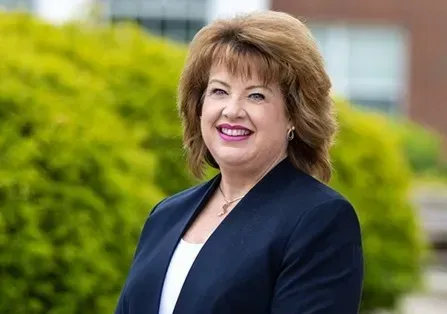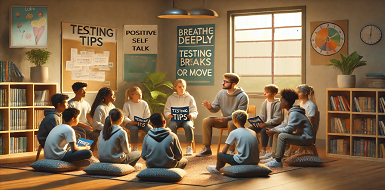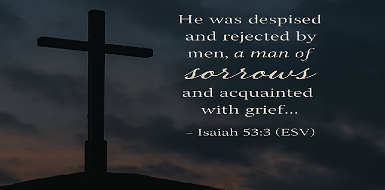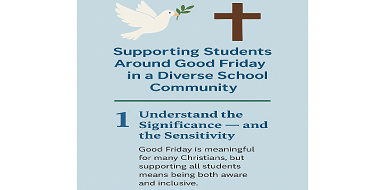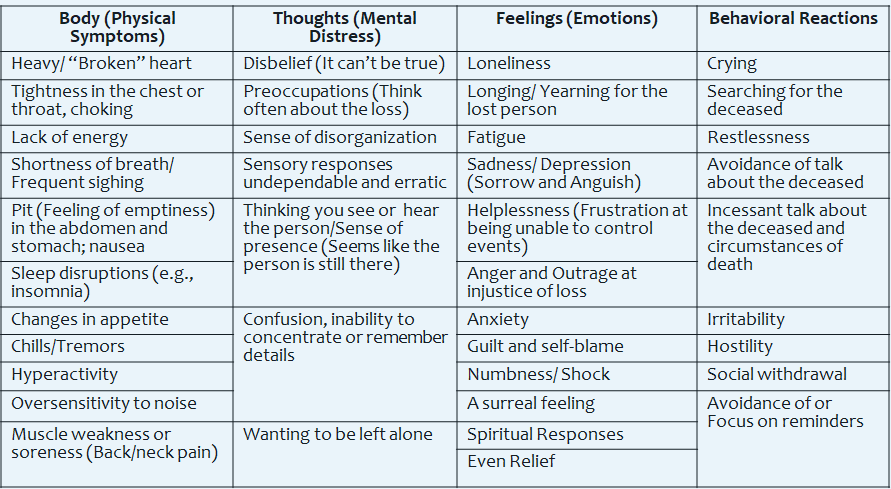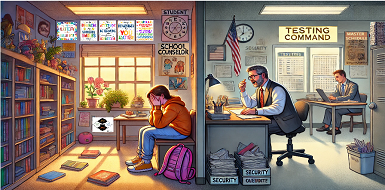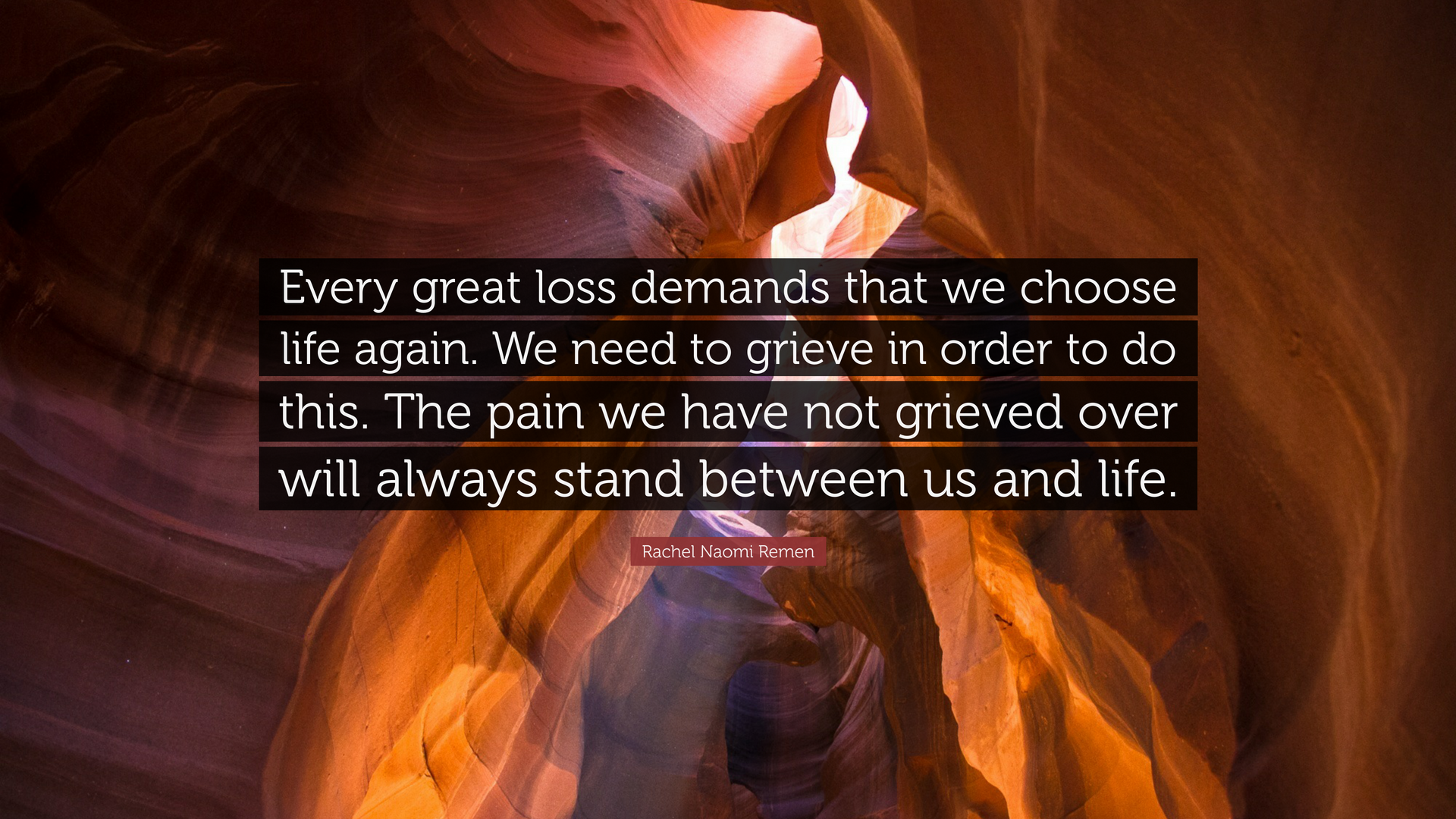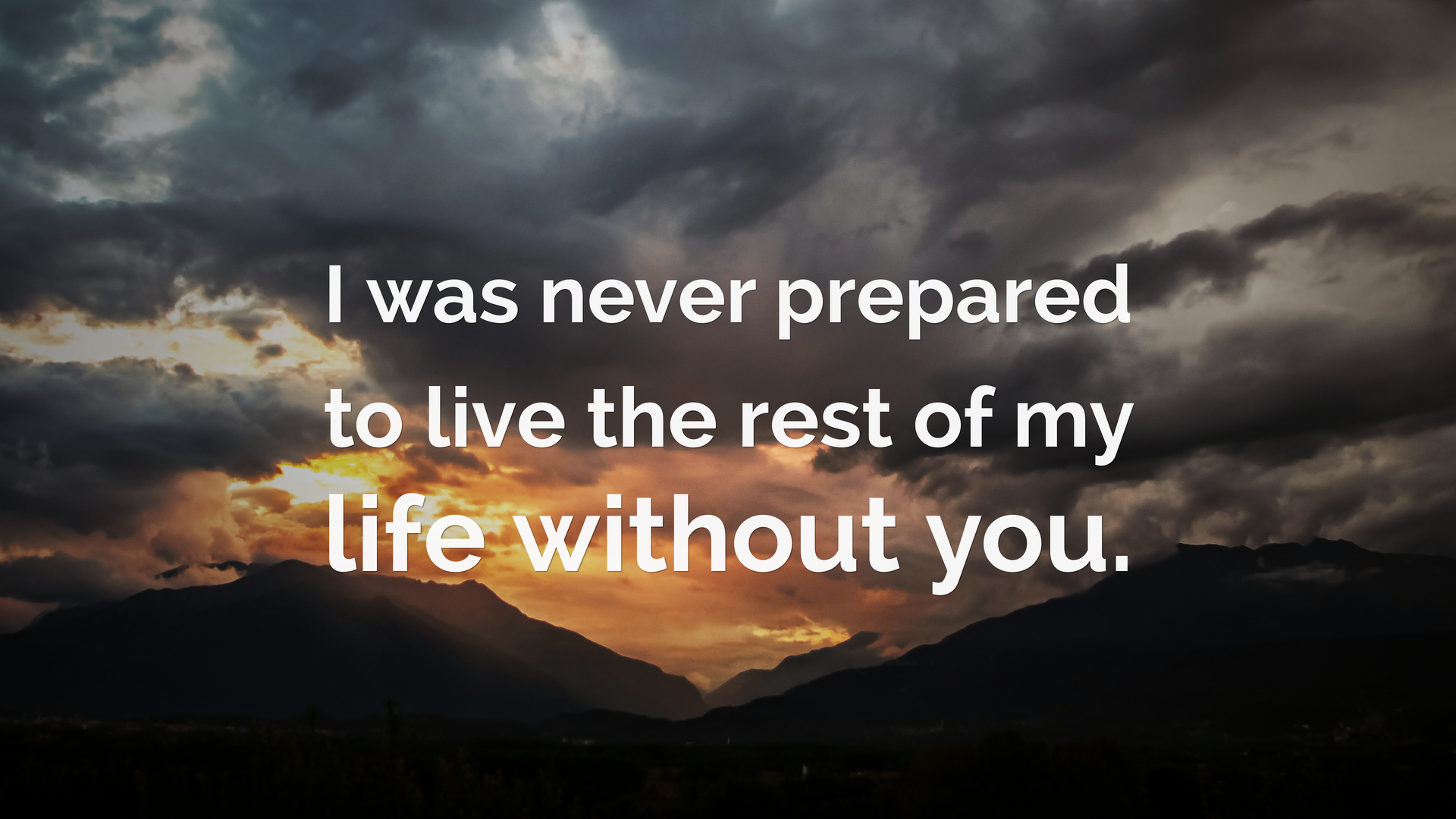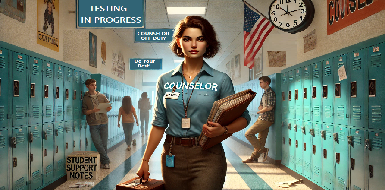Grief Isn’t a Grand Transformation
Grief is a Lifetime of Incremental Integration
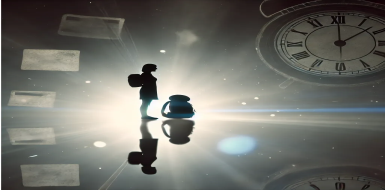
Grief often gets described as a process that leads to healing, transformation, or closure. We hear stories about people finding a "new normal," emerging stronger from the depths of loss, or achieving some sense of peace. Yet, that's focusing on the outcome - healing, transformation, or closure. We skip over the first part - process. Grief isn’t a singular, grand transformation. It's not a "Ta-da" or definitive moment where you cross from pain to healing. Instead, grief is more like a slow, steady process — an incremental integration of the loss over time. It becomes part of who you are, shaping your life in small, subtle ways, forever.
The Complexity of Grief: Feeling Everything at Once
Grief is not one emotion. It’s many emotions, often conflicting and coexisting in ways that can feel overwhelming. One moment you may feel intense sadness, and the next, anger or guilt. There are flashes of gratitude for the time you had with the person, immediately followed by deep sorrow for their absence. Grief doesn’t follow a straight path—it’s chaotic, unpredictable, and often defies expectations.
These emotions don’t pass quickly, nor do they resolve themselves neatly over time. You may wake up one day feeling like the weight of your loss is more bearable, only to be blindsided by its crushing reality the next. There’s no clean break from grief, no clear line between "before" and "after." Instead, you learn to hold all these emotions at once, to carry them alongside the day-to-day moments of life. This is the small, incremental nature of grief—learning to live with what will never go away.
The Weight That Never Fully Lifts
Grief isn’t something you “get over.” It’s a weight you carry for the rest of your life. At first, it may feel unbearable, overwhelming every aspect of your existence. Over time, you might become more accustomed to it—you might even find that you’re able to carry it without it consuming you entirely. But the weight never fully lifts. It doesn’t disappear with the passage of time, as people often hope or expect it will.
Instead, you learn to live with it. You learn to move forward with the pain. The pain becomes woven into your daily life, into your thoughts, your memories, and your actions. There’s no extinguishing the loss, no putting it behind you. It remains present, always. Sometimes, it feels distant, like a shadow you barely notice. Other times, it rushes back with the same intensity as it did in the beginning. And that’s the reality—grief doesn’t have an endpoint; it is integrated into your life in small, subtle ways, forever.
The Fallout of Death: Grief’s Long-Lasting Impact
People often talk about grief as if it has an expiration date, as though after a certain amount of time, you should be "healed" and able to move forward. But the truth is, the fallout from death lingers for years — usually a lifetime.
You don’t just lose the person; you lose the future you thought you’d share with them. You lose the experiences you imagined you’d have together. Their absence is felt in small moments—holidays, birthdays, or even everyday conversations. And every new milestone is a reminder of their absence, of the life that could have been.
Grief also has a ripple effect on your relationships, your sense of self, and your view of the world. It may change how you interact with others, how you see your own future, and how you process joy or sadness. The aftershocks of loss affect everything, from your emotional wellbeing to your practical daily life. And these effects don’t go away—they evolve, but they persist.
Grief as a Quiet Integration
Grief isn’t a grand transformation, and it’s not a chapter that closes. It’s an ongoing process, a quiet integration of pain, love, loss, and memories into your life. You don’t "move on" from grief; you simply learn to carry it differently as the years go by. Some days, you might feel strong and capable, able to bear the weight of your loss. Other days, it might feel as raw and painful as the moment it first happened. And that’s okay. Grief ebbs and flows, but it never fully leaves.
To grieve is to love, and to carry grief is to keep the memory of that love alive. It is not a burden you cast aside or a journey you finish. It is a lifelong relationship with the loss and with the person you’ve lost, marked by small, incremental steps that move you forward, even as the weight of the past stays with you.
Grief, in the end, is learning to live with an absence that can never be filled, with a pain that can never be extinguished. It’s not about finding closure; it’s about learning to coexist with the grief, to let it become part of who you are, forever. And in that way, grief is not a single transformation—it is a slow, steady integration of love and loss over a lifetime.
I am a school counselor turned counselor educator, professor, and author helping educators and parents to build social, emotional, and academic growth in ALL kids! The school counseling blog delivers both advocacy as well as strategies to help you deliver your best school counseling program.
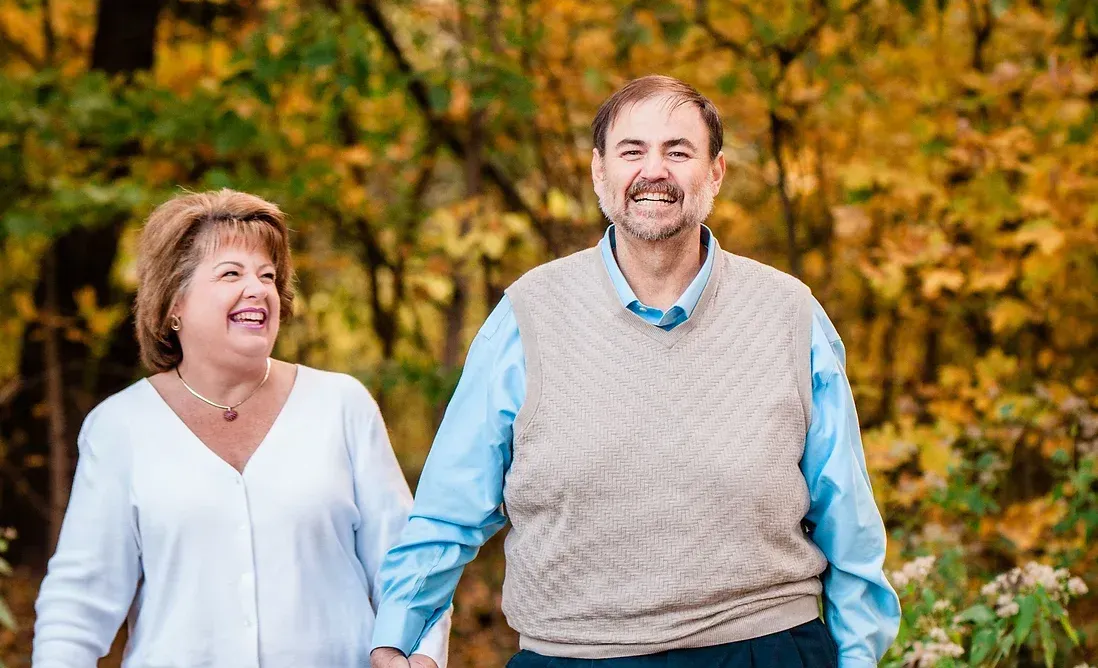
I'm a mother, grandmother, professor, author, and wife (I'll always be his). Until October 20, 2020, I lived with my husband, Robert (Bob) Rose, in Louisville, Ky. On that awful day of October 20,2020, my life profoundly changed, when this amazing man went on to Heaven. After Bob moved to Heaven, I embraced my love of writing as an outlet for grief. Hence, the Grief Blog is my attempt to share what I learned as a Counselor in education with what I am learning through this experience of walking this earth without him. My mission is to help those in grief move forward to see joy beyond this most painful time.
